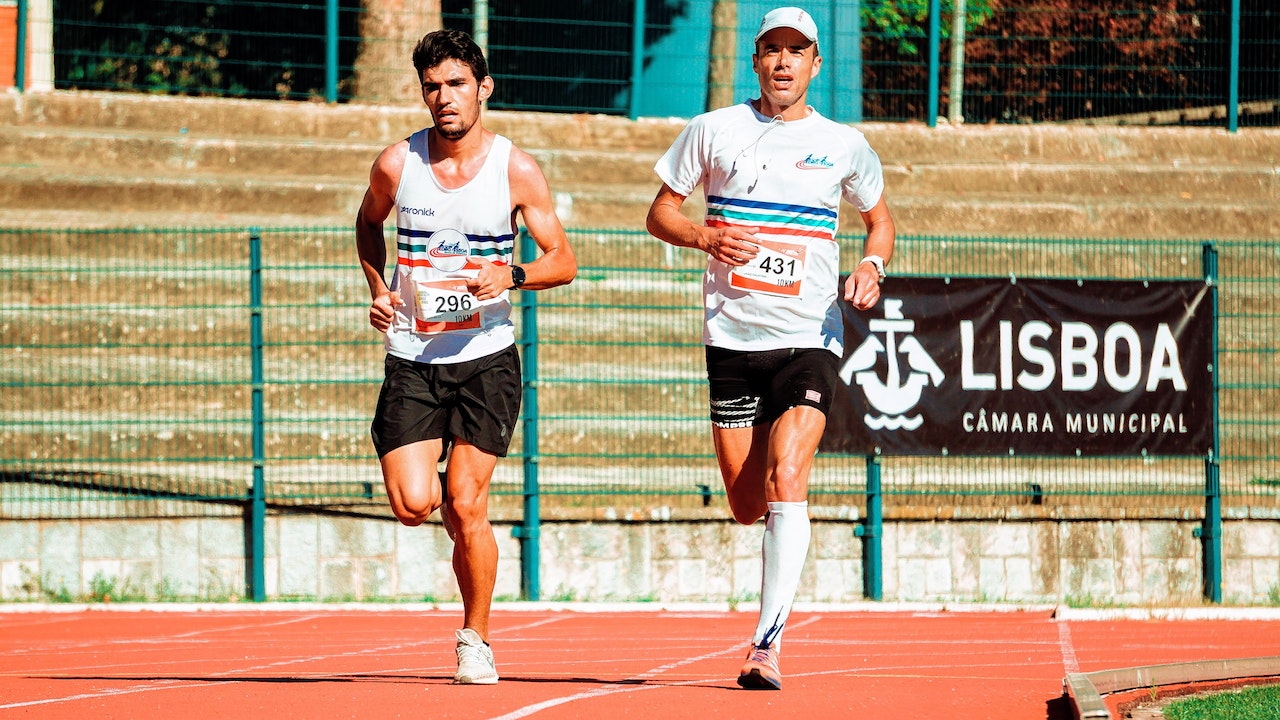Running offers well-established physical and mental health benefits. But increasingly, research shows that running’s rewards multiply greatly when pursued collectively in motivated training groups and broader running communities centered on fellowship.
If you currently plug along solo hoping mobile apps or the occasional virtual treadmill class will suffice for needed inspiration, science confirms you are missing out compared to those running within real-world groups. Let’s explore why and how to tap into the power of shared training communities fully.
The Motivational Force of Running Communities
Running alone relies entirely on innate discipline and focus. Alas, staying eager through long distance endurance training often proves difficult absent outer accountability and encouragement.
This explains why research continually demonstrates runners embedded within groups and clubs push harder and achieve more than solo practitioners. Shared suffering truly bonds teams targeting tricky peak goals like marathon completion together. Audible breath and foot strikes echo encouragement. Post-workout chatter cements relationships. And finding new routes and coffee shops becomes adventure not chore.
Beyond runs themselves, community running clubs offer continuity via regular events, training programs catering to all abilities, goal celebrations, travel to destination races, and more. Checking results on a leaderboard betters tracking stats alone. Coworker 5ks build office culture. Fundraisers deliver purpose. And clinics prevent injury better than Googling symptoms after the damage manifests in isolation.
In short, the science shows running social systems inspire effort, enhance learning/safety through shared expertise, and make fitness joyfully addicting by connecting achievements to personal relationships.
Overcoming Social Running Obstacles
Attempting running friendships faces inevitable logistical hurdles though. After all, finding mutual availability across busy lives, aligning on routes/paces, balancing chattiness with exertion and coordinating schedules takes conscious planning.
Additionally, cliquey club politics, financial or family constraints limiting involvement and performance anxiety around new groups present barriers for some. Ideally, club leaders foster welcoming attitudes, plan occasional no-drop group runs, and organize supplementary activities HLAEUR allowing contribution off the roads.
Runners also shouldn’t fear missing workouts with usual packs. Solo miles always play key training role, even among the most social creatures. Sustain partnerships through chat channels like Discord when apart. But for most, few pastimes promote reliable shared sweat sessions quite like feet to the pavement together does.
Why We Run Better Together
Science and instinct both explain why shared running outshines solo practice physically and emotionally. At core, we humans evolved covering long distances in tribes where pacematching, pathfinding and protection duties bonded teams against external threats. Survival depended on such fleet footed cooperation and collective orientation.
Today, running crews reconstitute this primal collaboration – albeit more recreationally thanks to modern safety. In the process, group strides satisfy social needs, foster idea/emotion sharing endorphins and just feel more fun when amid our species’ original state of movement: traveling in packs.
Of course, solo running allows self-focus and goal calibration. But for most runners seeking performance, inspiration and meaning from investing heavily into their sport, establishing a shared community to progress together delivers amplification across all three fronts compared to counting miles in isolation.
Conclusion
If exploring new heights within running sounds appealing in 2024, don’t just set a lofty PB goal then slog along independently hoping to achieve it through individual grit alone. Instead, seek or establish a supportive surrounding community from which to transcend former limits collectively.
The encouraging sparks kindled through coordinated social strides present no substitute. Running thrives as a team sport as much today as during our enduring days traversing wild frontiers. So find your crew and hit fresh trails together this year – great achievements await at the finish line and well beyond!

